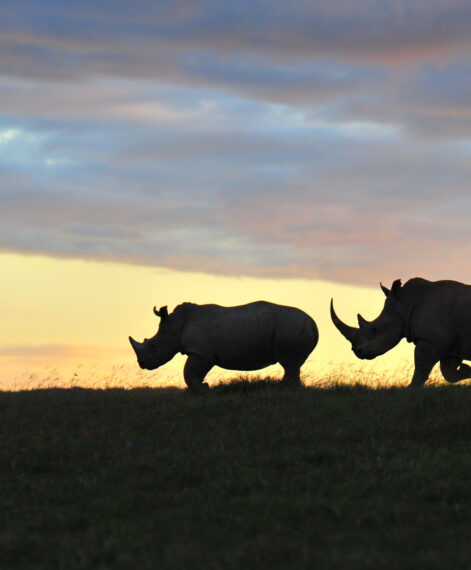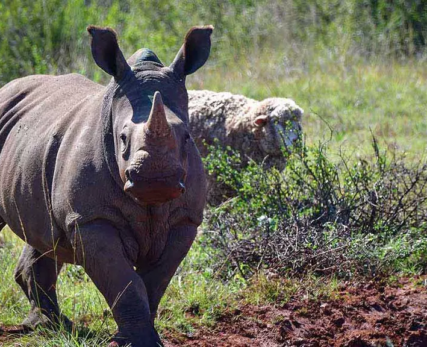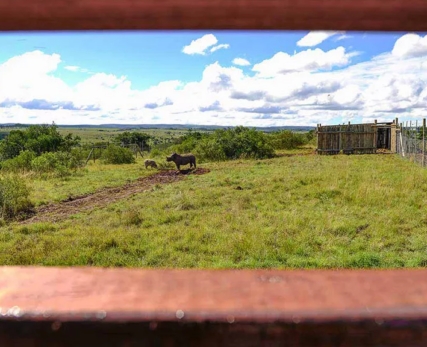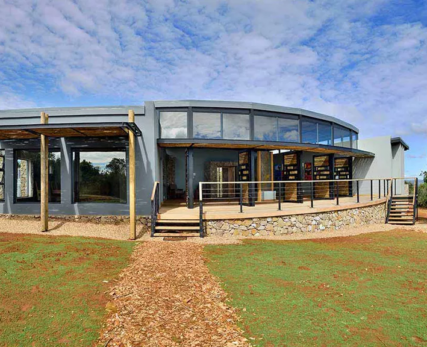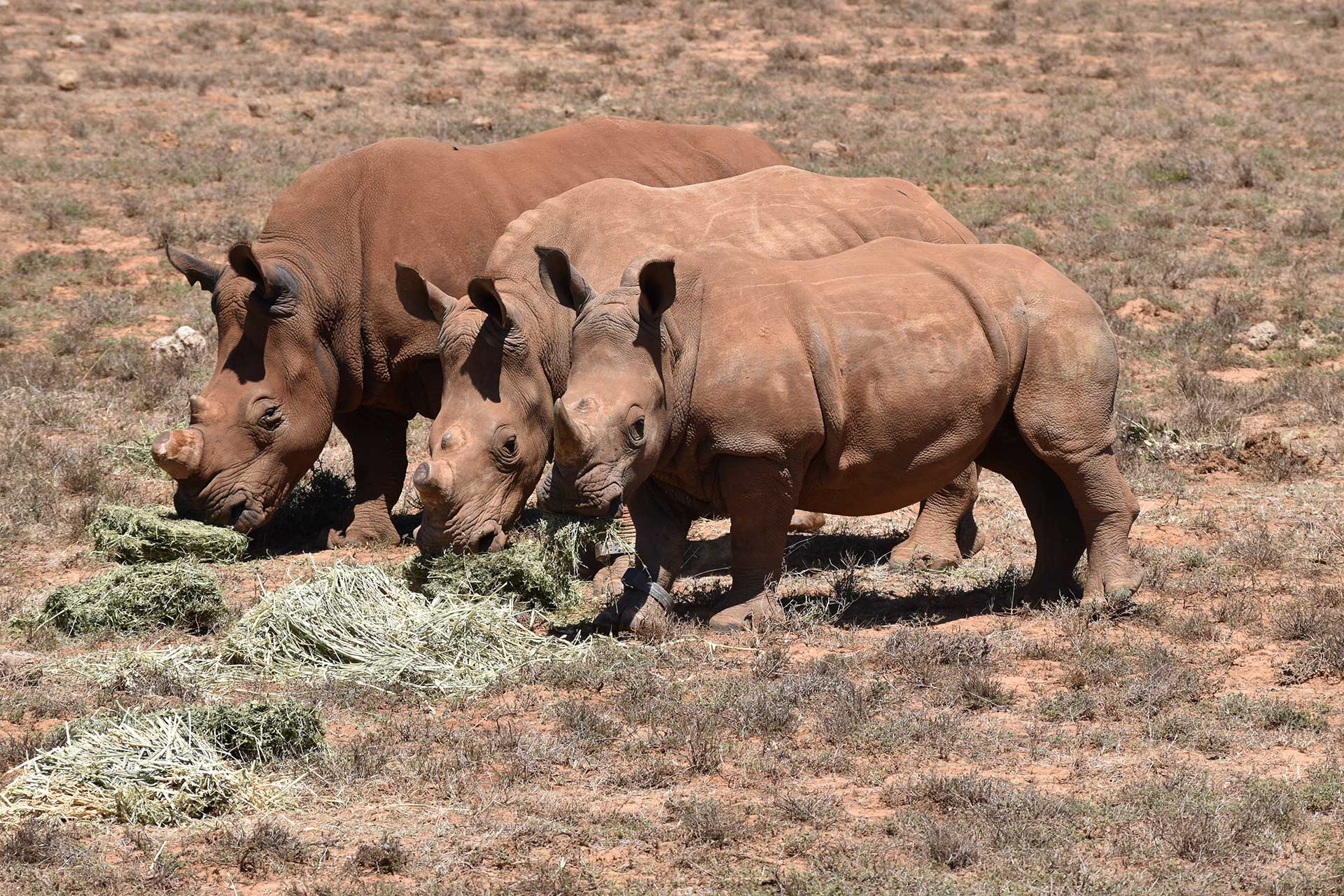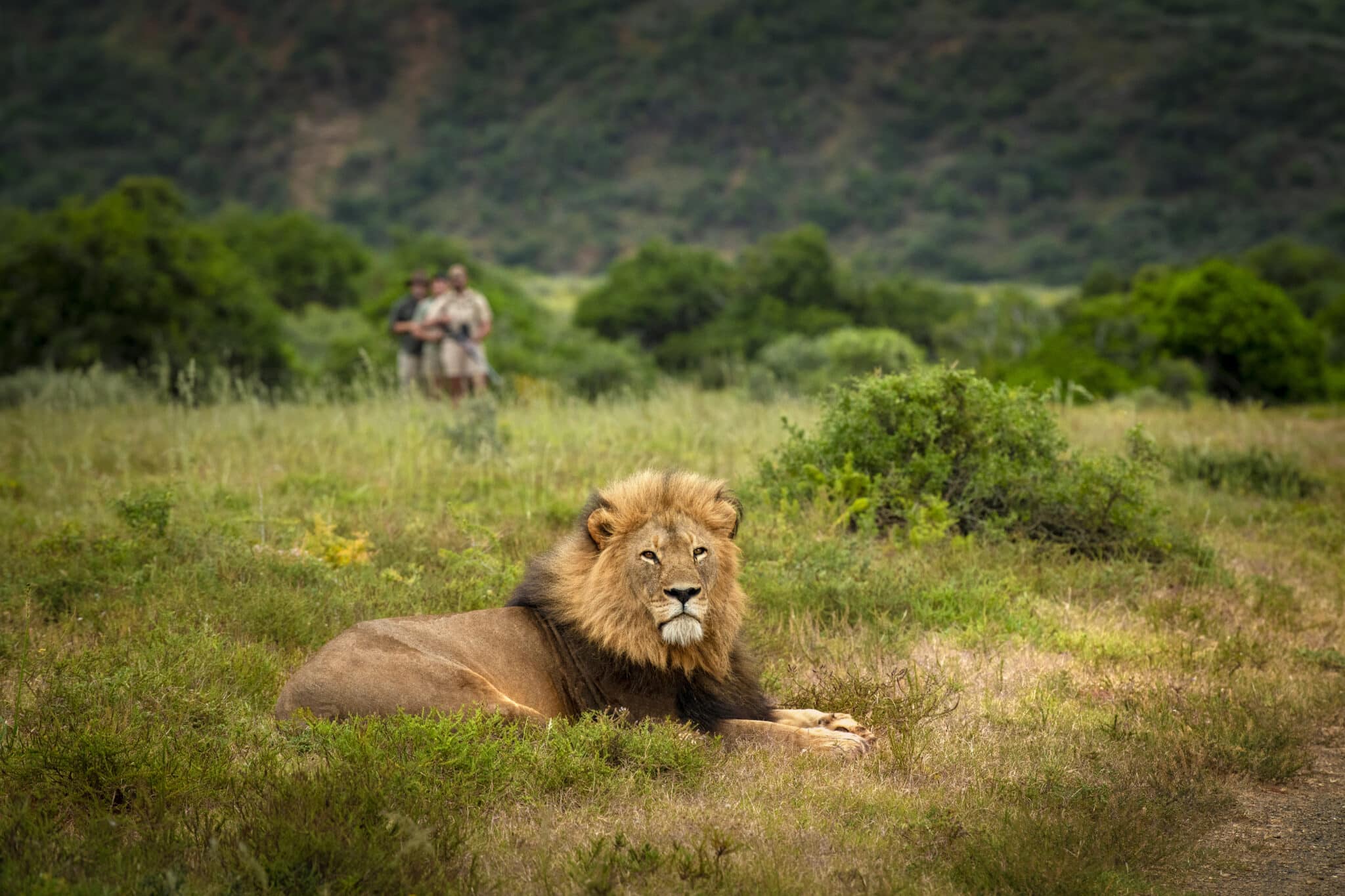Shamwari Invests in New R5M Wildlife Rehabilitation Centre
At Shamwari’s state-of-the-art facility, injured, ill or abandoned animals are treated and cared for before being released back into the wild. It forms part of a USD 25m investment in Shamwari by the reserve’s owners, Investment Corporation Dubai.
Shamwari CEO, Joe Cloete, says the new facility focuses on rehabilitating animals without habituating them to humans so that they can eventually be returned to their natural habitat.
“It’s an important step in the fight to preserve Africa’s biodiversity and natural splendour. This operation has become an epicentre for successful wildlife rehabilitation and the facilities we’re opening today will be integral to that. It will also be the new home to the Wildlife Rehabilitation Team under the stewardship of wildlife vet, Dr Johan Joubert, and ecologist, John O’Brien.”
“It’s where they and their team will apply and share their accumulated experience, knowledge and expertise with professionals across Southern Africa and beyond. It’s also integral to the Shamwari experience, providing a rare insight into the complex business and day-to-day realities of environmental conservation,” Cloete adds.
“The reserve’s wildlife rehabilitation operation has been essential to its success and has gained local and international recognition for its pioneering work. Our continent’s once-bountiful wildlife is under pressure as never before, so rehabilitation of sick, abandoned or injured wildlife is an important component of wildlife preservation.”
Wild Bird Rescue and Rehabilitation Centres
Within South Africa, there are many rehabilitation centres focus purely on bird species. Large wild birds are particularly tricky to rehabilitate and care for, especially raptors. These are birds of prey, such as hawks, owls and falcons. They need to build up their flight muscles after a long recovery period to ensure their successful re-release back into the wild.
Shamwari is home to many bird species. Not all injured birds come from Shamwari, however – some have been brought in from neighbouring reserves too.
At the Wildlife Rehabilitation Centre, Shamwari has cared for several wild birds – more than a few of which have been spotted eagle-owls. These birds of prey are particularly feisty and often give Dr Johan Joubert a hard time!
Read about the success story of an injured spotted eagle-owl chick that fell from its nest and was successfully rehabilitated and released at Shamwari here.
Support Your Local Wildlife Rehabilitation Centres
It’s important to know and be aware of the various wildlife rehabilitation centres in your local community. Should you come across an injured animal or bird, you can contact the mand they’ll be happy to assist you, taking the animal into their care.
Here’s a list of the top reliable wild animal rehabilitation centres in and around the country:
- Shamwari Private Game Reserve’s Wildlife Rehabilitation Centre
- SANCCOB Seabird Rehabilitation Centre
- Tenikwa – Wildlife Rehabilitation and Awareness
- Crow – Centre for Rehabilitation of Wildlife
- African Dawn – Bird and Wildlife Rehabilitation Centre
